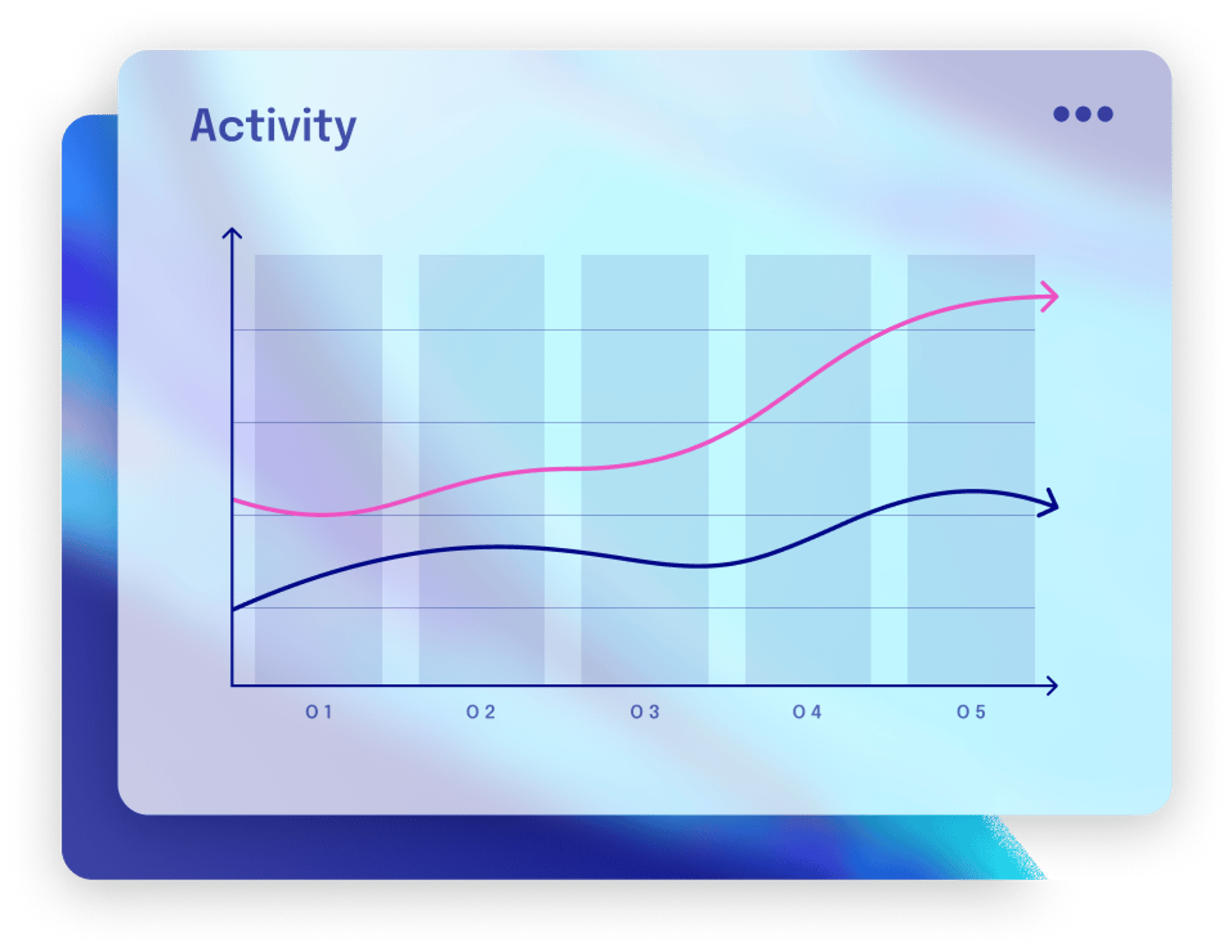Crafting a Data-Driven Marketing Plan
Harnessing Big Data for Strategic Success.
3 min read

In today’s hyper-competitive market landscape, the ability to leverage data effectively can be the difference between a thriving business and one that struggles to keep up. A data-driven marketing plan is not just a strategic advantage; it is a necessity. This blog post delves into the intricate process of creating a marketing plan tailored based on data analysis, incorporating the latest insights and methodologies.
1. Setting Clear Objectives with SMART Goals
The foundation of any successful marketing plan is setting clear, measurable objectives. Utilizing the SMART framework—Specific, Measurable, Attainable, Relevant, and Time-bound—ensures that your goals are well-defined and achievable. For instance, if your objective is to increase website traffic, your focus might be on SEO, content marketing, and online advertisements. Data analysis will then revolve around understanding which channels drive the most traffic and why.
2. Data Collection: The Fuel for Your Predictive Analytics Engine
Data is the lifeblood of any data-driven marketing strategy. Collecting relevant data from various sources is crucial. Tools like Google Analytics provide insights into website visitors, including their behavior, demographics, and engagement patterns. Social media platforms such as Facebook, Instagram, and Twitter offer analytics on post reach, engagement, and audience demographics. Additionally, customer surveys can provide qualitative data on product satisfaction and potential improvements.
3. Choosing the Right Analytics Tools
The vast world of data analytics offers a plethora of tools, each tailored to specific needs. For web analysis, tools like Google Analytics, SEMrush, and Moz are essential for understanding website performance and organic reach. Social media analysis platforms such as Sprout Social, Hootsuite, and Buffer provide in-depth social media metrics and insights. These tools help in tracking user interactions, website traffic, and conversion rates, enabling marketers to make informed decisions.
4. Analyzing Consumer Behavior
Understanding consumer behavior is pivotal in refining marketing strategies. By analyzing data points such as time spent on pages, click-through rates, and feedback forms, marketers can gain insights into how customers interact with their brand, products, or services. This analysis helps in identifying patterns, measuring campaign effectiveness, and predicting future outcomes.
5. Refining Marketing Strategies
Based on the insights gained from data analysis, marketing strategies can be refined to target the right audience effectively. This involves optimizing both digital marketing and traditional campaigns to improve customer engagement, leading to increased sales and brand recognition. For example, if data analysis reveals that a particular demographic is more engaged with your social media content, you can tailor your campaigns to better appeal to that audience.
6. Monitoring and Adjusting
A data-driven marketing plan is not static; it requires continuous monitoring and adjustment. By regularly analyzing key performance indicators (KPIs) and other metrics, marketers can identify what is working and what is not. This iterative process ensures that marketing strategies remain effective and aligned with business objectives.
7. Predicting Future Trends
One of the most powerful aspects of data analysis is its ability to predict future trends. By leveraging predictive analytics, marketers can anticipate changes in consumer behavior and market conditions. This foresight allows businesses to stay ahead of the competition and adapt their strategies proactively.
8. Training Your Team
Finally, it is essential to ensure that your marketing team is well-versed in data analysis techniques and tools. Providing training and resources can empower your team to harness the full potential of data-driven marketing. This investment in skills development will pay off in the form of more effective and innovative marketing strategies.
Conclusion
Incorporating data analysis into your marketing plan is no longer optional; it is a strategic imperative. By setting clear objectives, collecting relevant data, choosing the right analytics tools, analyzing consumer behavior, refining strategies, monitoring progress, predicting trends, and training your team, you can create a marketing plan that is not only tailored to your business needs but also poised for success in the dynamic market landscape.
Contact us
Whether you have a request, a query, or want to work with us, use the form below to get in touch with our team.


Contacts
+1 (302) 599-5404
contact@al-quabida.com
Hours
I-V 9:00-18:00
VI - VII Closed
© 2025 Al Quabida Media Solutions, LLC
Privacy Policy
Refund Policy
Terms and conditions
Cookie Policy
